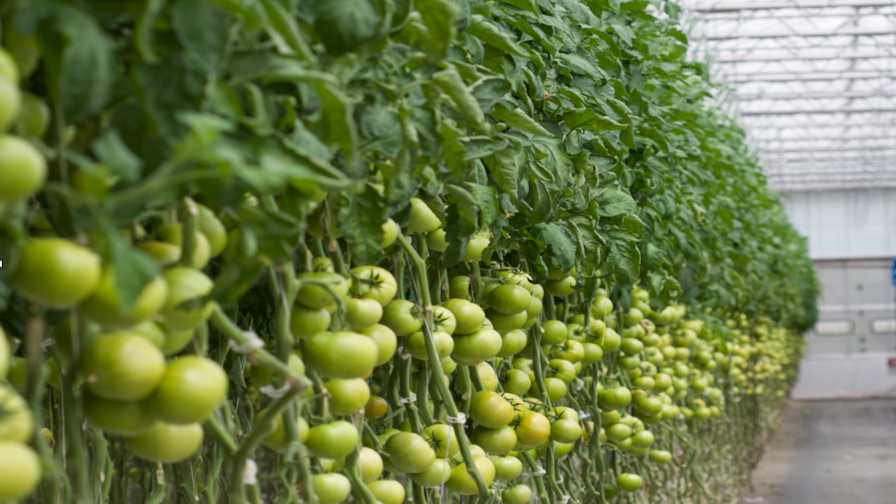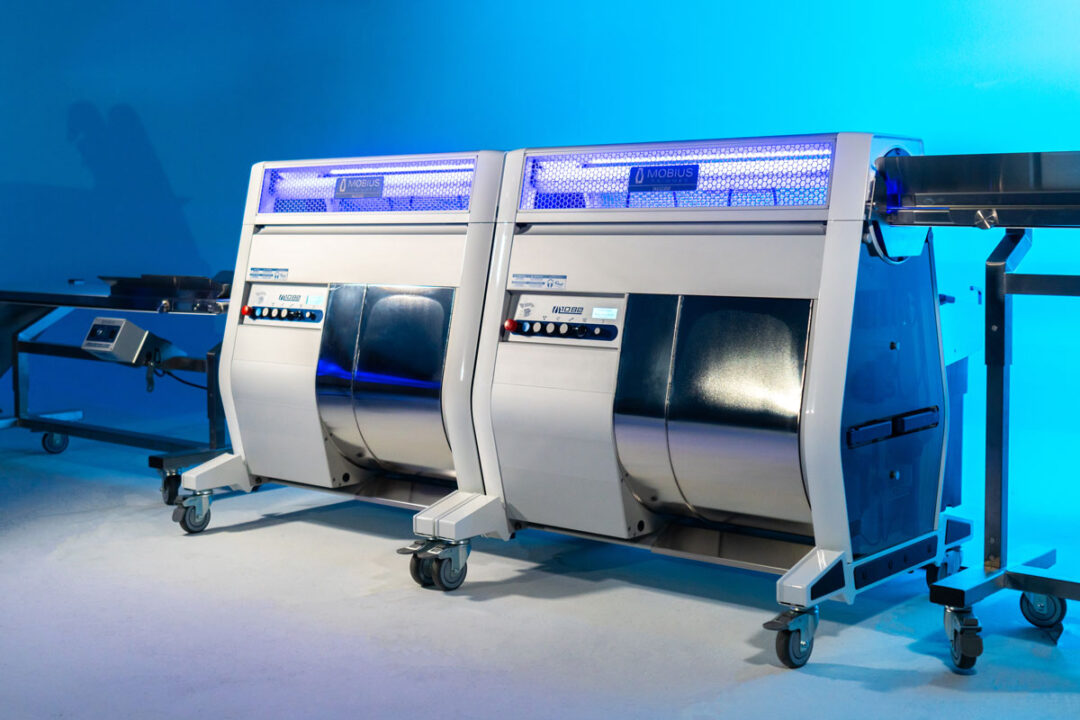How Artificial Intelligence Can Help You Learn More About Your Greenhouse

As new sensors become available to us, we gain new insight about our crops and can make better decisions. Photo courtesy of Ecoation.
I used to be a grower, and over the years, I have met several master growers who could tell a lot about their crop with a single glance. I know growers who can smell spider mites or powdery mildew on their tomatoes. These incredible individuals have amazing abilities that they mastered over the years. Yet all of them are facing a big problem these days: We can’t be everywhere at once.
Greenhouses are getting bigger, and we simply cannot walk the entire crop anymore. Even on bicycles and scooters, one can only visit a small fraction of the greenhouse.
We also invest in multiple sensors. From climate, light level, water pH, and temperature, we constantly measure conditions in our greenhouses. As new sensors become available to us, we gain new insight about our crops and can make better decisions. We use automation and robotics to streamline repetitive tasks that require consistency and speed.
While the influx of data from multiple sources can be empowering, it can also be overwhelming for growers who suddenly get too much information about their operation. In the same way that we can’t walk through several acres of plants every day, we can’t look at several terrabytes of data and make sense of them on a daily basis. We need actionable intelligence, and that is why we need artificial intelligence (AI) in greenhouses.
By now, you probably have already formed an opinion about AI. Some might think of AI and robots as evil tools that will lead us to our doomsday, and some might think of them as the silver bullet that can finally fix all our problems. I think both views are extreme and are propagated by a growing number of sensor companies who use AI terminology to describe their technologies. To properly embrace AI in our industry, we need to demystify it first.
Three Principles of Artificial Intelligence
1. Machine learning and robotics will be used to automate repetitive tasks, and this will result in loss of certain types of jobs. But this is not new. Fruit sorting machines took the job of many human sorters, but we still have people in packinghouses who do different jobs. We still need humans in the loop.
2. Machine learning and AI algorithms can be trained to do certain tasks faster and better than humans. Yet the training requires significant investment of time and resources. You need to make sure the signals on which you want to train the algorithms are strong and not mixed with a high level of noise. The choice of sensor and what you measure is important, but more so is the role of the human providing the labels to train the machine. If the quality of the labeled data is low, the predictive model cannot perform well.
3. To build AI, a significantly large amount of data must be collected. The question is, who will own this data? There are companies who provide free sensors, cameras, and services to growers just so they can collect and own the data. I agree that the data can inform high-level decisions and has value, but I also believe the grower should be the owner and should decide if, when, and with whom they want to share their data.
Having said that, I believe we need to share data related to symptoms of pests and diseases. This data should not contain any information about specific farms or locations. It should be like a guide for pests of greenhouses that contains color pictures of infested plants. We should create a digital library of crop stress symptoms and allow everyone to access it and contribute data to it.
When it comes to AI systems, the business intelligence and data related to methods of growing should be kept in the hands of the grower because the industry is competitive, but there is a benefit to sharing data about pests and diseases that affects all of us. The ownership of data and what to keep and what to share needs careful consideration.









